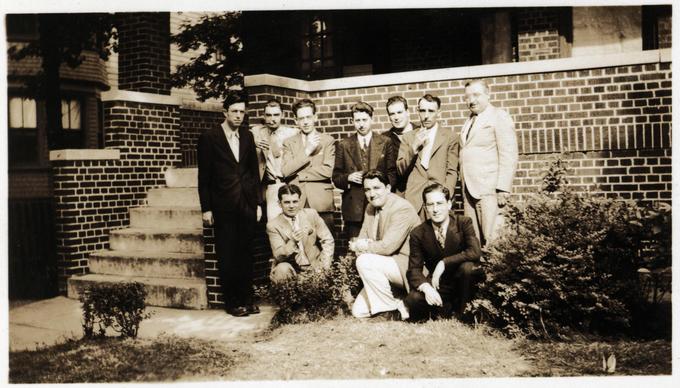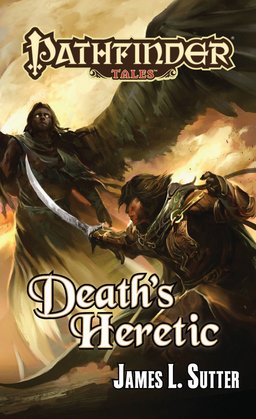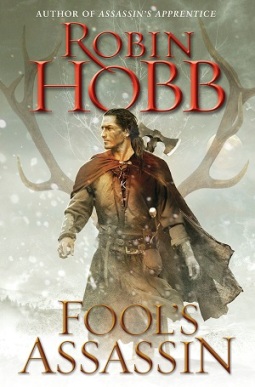Fellowship of the Pathfinders: The Importance of Party Dynamic in Fantasy Adventure
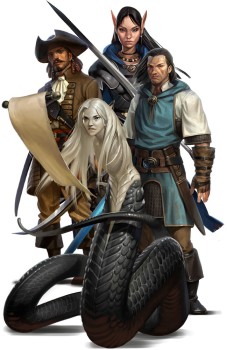
I bought my first Pathfinder novel after reading about it here in a New Treasures post. Howard Andrew Jones’s Stalking the Beast just looked like a lot of fun. Hunting down a big scary monster? Okay, cool. And I’m a sucker for half-orcs. The potential dynamic of a half-elven ranger and a half-orc barbarian working together grabbed me — in fact, I don’t think I ever ran a D&D campaign that didn’t have something like that combination in the mix.
As I described in my review here at Black Gate, I was pleasantly surprised by how much fun the book was — I found myself not wanting to put it down: an experience I was not primed to expect from previous RPG adaptations I’ve read. It delivered the sort of entertainment I am hoping for when I crack open an RPG-themed book, and it was very well written just in general terms as a fantasy novel. Well plotted; good world building; but most importantly, great characters. The dialogue was just as entertaining to read as the action set-pieces.
I subsequently read two of Tim Pratt’s books for Paizo Publishing, and then I went back to Jones’s first contribution to the series. All four of the books impressed me, which left me wondering: is it just because I’m a fan of Jones and Pratt? I mean, these are good writers (a critic more dismissive of “tie-in” literature might have uncharitably suggested they were just “slumming,” writing for a game publisher’s bi-monthly novel line). Were these books the exception, or are Pathfinder novels routinely this level of quality?

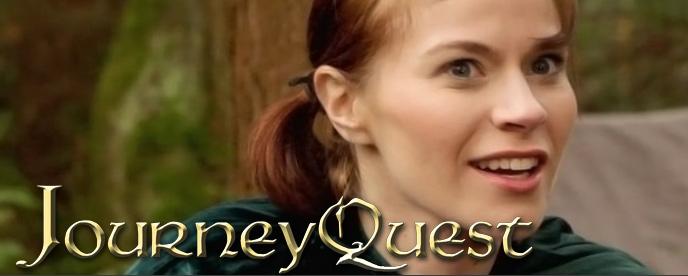
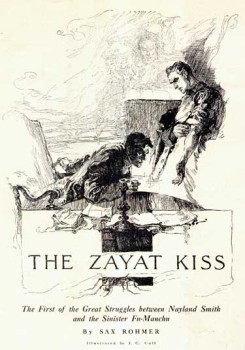
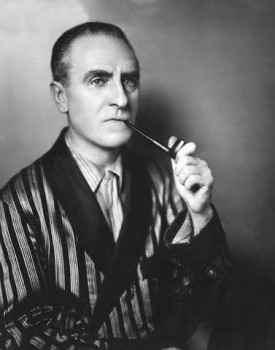

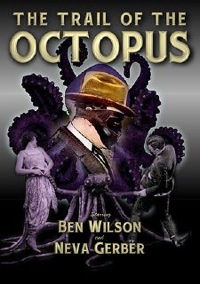
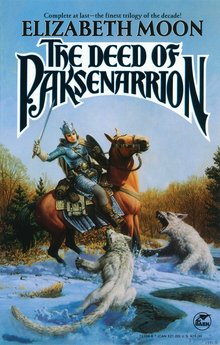 Have you noticed how some characters come with their own jobs, and some need to find one? Some of them, like Sherlock Holmes, even invent their own jobs. There was no such thing as a “consulting detective” until Holmes became one. The job is the character, and the character is the job.
Have you noticed how some characters come with their own jobs, and some need to find one? Some of them, like Sherlock Holmes, even invent their own jobs. There was no such thing as a “consulting detective” until Holmes became one. The job is the character, and the character is the job.